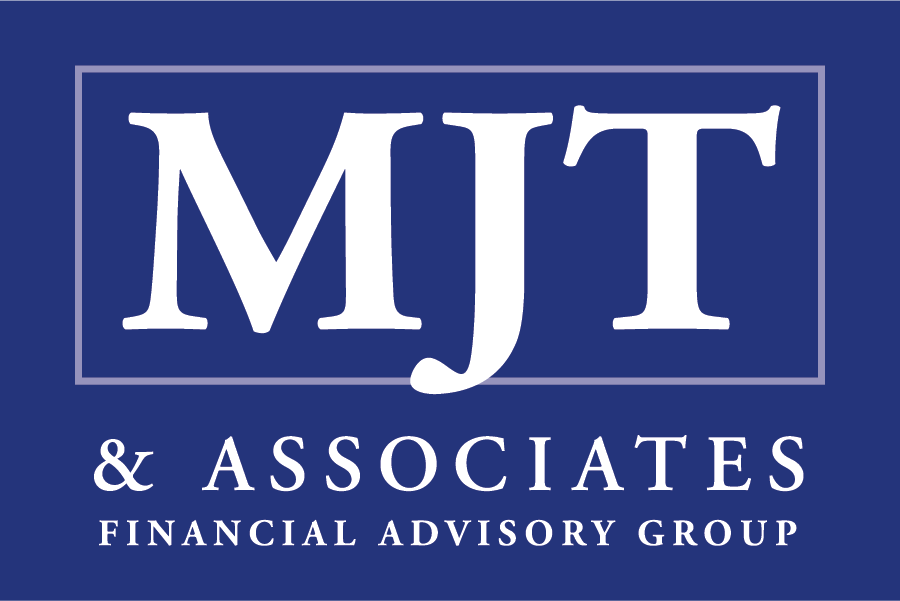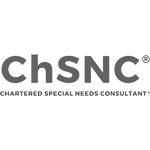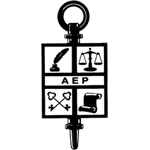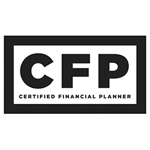July 26, 2024 (updated October 2025)
Pursuing higher education remains one of the most important investments you can make. Yet between rising costs, shifting workforce demands and new financing challenges, planning for it requires more than just saving money. At MJT & Associates Financial Advisory Group we help entrepreneurs and families navigate such transitions with clarity and confidence. Here are five updated, actionable strategies to plan your education finances smartly—while staying aligned with your broader financial goals.
Why Financial Planning for Education Matters
Even though average tuition growth has slowed, the cost of obtaining credentials and credentials themselves are under increasing scrutiny. According to the College Board, for 2024‑25 public four‑year in‑state tuition and fees ranged from about $6,360 (in Florida) to $17,490 (in Vermont). Meanwhile, research from the Organization for Economic Co‑operation and Development shows that despite high costs, a U.S. tertiary education still produces large lifetime net benefits — roughly $726,100 for men and $511,400 for women on average.
So planning matters. Without structure, education costs can divert vital resources from retirement, debt reduction or business investment. A clear plan helps you align education investing with your full financial life.
1. Establish Specific Goals and Timing
Identifying which education you’re funding—and when—makes all the difference.
- First, clarify: are you funding undergraduate studies, a master’s credential, a professional certification or ongoing upskilling? Each has different cost dynamics and pay‑offs.
- Then map the timeline. For example, if your child is three years old, you may have 15 years until college; if you're considering returning for an advanced degree in five years, the horizon is shorter and the savings strategy must adjust.
- Use cost projection tools. For instance the College Cost Projector helps estimate future annual cost of attendance based on inflation and other factors.
- Align the goal with value. Ask: Does the credential meaningfully increase earnings or business potential? (See our article on valuing education and ROI).
- By setting specific goals, you turn “I want to help pay for education” into a defined plan: X dollars by date Y, for credential Z.
2. Build a Budget and Savings Framework
Once goals are defined, the execution begins with budget discipline and a savings framework.
- Track your current cash flow: what you earn, what you spend, and where discretionary expenses lie.
- Carve out a dedicated savings account or sub‑account for education funding. Automate monthly transfers.
- In your budget include all relevant cost categories:
- Tuition and fees
- Textbooks, equipment, software
- Room and board (if applicable)
- Transportation, parking, commuting
- Opportunity cost (lost income if one partner stops working)
- Additional expenses for adult learners (childcare, flexible work arrangements, etc.)
- Adjust for current trends. For example, college tuition rose 2.4 % in the year ending July 2025 — indicating modest inflation but persistent growth. Bureau of Labor Statistics
- Within your broader financial priorities — retirement, business investment, emergency fund — make sure the education savings goal is balanced rather than dominating. See our article on balancing multiple financial goals.
By treating education like a long‑term savings target, you avoid last‑minute borrowing or deferred retirement savings.
3. Leverage Scholarships, Grants and Alternative Delivery Models
Today’s resource ecosystem is more robust—and more complex—than ever.
- Begin scholarship/grant search early and often. Don’t assume you’re “not eligible”—virtually every school has institutional awards, merit grants, need‑based aid or departmental funding.
- Use online tools and platforms to streamline the process (e.g., the new generation of AI tools that parse eligibility and deadlines).
- Consider less‑conventional delivery models:
- Community college first, then transfer to a four‑year institution (lowering overall tuition).
- Online or hybrid programs—which may offer savings in tuition, housing or commuting.
- Micro‑credentials or certificate programs that cost less upfront and may accelerate earning potential.
- Evaluate the “net cost” — the sticker price minus expected grants/aid. Escalating tuition doesn’t always translate to higher net cost.
- Recognize expanding productivity and value concerns. Insights from Deloitte Insights highlight concerns about the value proposition of traditional higher‑ed models, making the search for cost‑efficient alternatives more important.
By exploiting scholarship/grant alternatives and embracing flexible models, you can reduce reliance on loans and preserve flexibility for other financial goals.
4. Use Borrowing Strategically — and Avoid Being Over‑Leveraged
Borrowing can be a valid part of your education plan—but only when managed with discipline.
- If you borrow, do so with a clear repayment strategy: What will your post‑graduation income likely be? How much debt is manageable relative to expected earnings?
- Beware of drawing funds from retirement accounts or sacrificing business investment capital to pay tuition—those trade‑offs often carry long‑term costs.
- Note the changing policy landscape: Over the past 50 years tuition rose about 200–220 %, while the maximum federal Pell Grant rose only ~140 % (when adjusted).
- That creates pressure for borrowers to pick up the slack.
- Explore work‑study, part‑time work, employer tuition reimbursement or apprenticeships as alternatives to debt.
- Ensure any loans you take are the last resort, not the first. Align with your broader retirement and business goals too.
When managed carefully, borrowing becomes a pathway rather than a pitfall.
5. Integrate Education Planning into Your Long‑Term Financial Picture
Education isn’t an isolated cost—it intersects with your retirement, business growth, estate plan and transitional financial events (such as divorce or second career).
- On the retirement side: Ensure that funding education doesn’t derail your retirement savings. If you’re age 45 – 65 and focusing on retirement, the tax‑advantaged savings you forgo now may cost you later.
- Business owners: If education relates to your business (e.g., a spouse or child involved), align the funding strategy with your business growth plan.
- Post‑disruption planning (e.g., after divorce): If you’re restarting your life and considering returning to school, budget for that scenario as part of rebuilding.
- Ongoing upskilling: As the workforce evolves, education may not stop at the traditional degree. Allocate funds for certifications, continuing education, and career pivots.
- Tools and apps: Use budgeting/expense apps (e.g., YNAB, Mint) to monitor the education fund. Use scholarship‑search tools that employ AI to match you to opportunities more quickly.
By weaving education into your broader plan, you avoid the “all‑or‑nothing” trap and ensure your financial foundation remains stable.

Updated Insights and What to Watch For in 2025
- Moderate tuition inflation: Data show tuition rose only ~2.4 % in the year ending July 2025.
- Value scrutiny: The “is college worth it” question is gaining momentum—so juxtapose cost with expected outcomes.
- New delivery models: Online programs, competency‑based education and micro‑credentials are gaining traction—often at lower cost and flexible for adult learners.
- Funding shifts: State and federal funding pressures continue; grants and institutional aid may evolve in response.
- Workforce alignment matters: Credibility of the credential with employers and return on investment (ROI) are increasingly important.
Frequently Asked Questions
Q1: Can I use a 529‑plan to fund non‑traditional credentials or certificate programs?
Yes—but it depends on the program and institution. Some “qualified education expenses” beyond traditional degree programs may qualify if the program is eligible under plan rules. Always confirm with your plan administrator and see our blog post on saving strategies using tax‑advantaged vehicles.
Q2: How do I evaluate whether an online degree is worth the investment compared to traditional onsite?
Look at three dimensions: cost (including tuition, fees, technology charges), credential recognition (how employers view the program), and time/opportunity cost (can you work while online?). Because online programs often allow flexibility and lower living costs, they can be significantly more efficient for adult learners.
Q3: For someone age 45‑65 considering returning to school or certification, how should this fit into a retirement plan?
If you’re in that age band, returning to education should be evaluated in light of your retirement horizon, existing savings, future income potential and business/entrepreneurial opportunities. Prioritize funding sources that don’t deplete your retirement capital, and speak with your financial advisor to model the impact. See our article on retirement income planning for later‑life career changes.
Conclusion
Effective educational planning isn’t just about covering tomorrow’s tuition bill—it’s about preserving your long‑term financial freedom. By setting clear goals, budgeting proactively, maximizing scholarships, borrowing wisely and integrating education into your full financial picture, you put yourself in control rather than reacting to costs. At MJT & Associates we help entrepreneurs and families navigate these decisions so that education enhances your life—not complicates it.
If you’d like personalized help building your education funding strategy alongside other financial goals, reach out to schedule a consultation.











